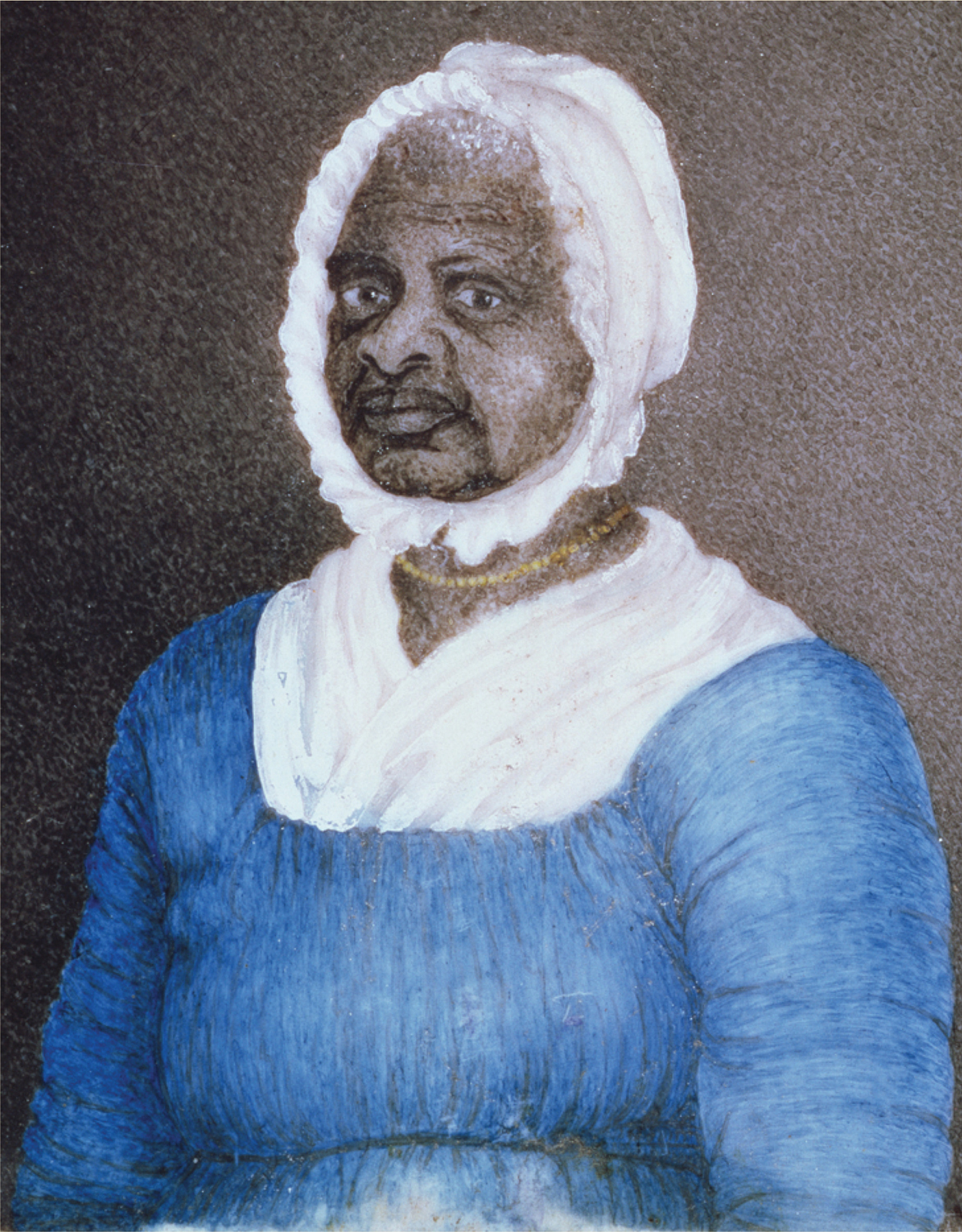The American Promise:
Printed Page 204
SEEKING THE AMERICAN PROMISE
A Slave Sues for Her Freedom
Stirring language about liberty, equality, and freedom that inspired revolutionaries in the 1770s appeared in many state constitutions in the 1780s. Yet unfree people, held as property, had little recourse to challenge their status.
Massachusetts law, however, had long recognized slaves as persons with legal standing to bring lawsuits against whites. Less than 2 percent of the state’s population consisted of slaves, who numbered under four thousand. Before 1780, some thirty Massachusetts slaves had sued for freedom, but their cases had turned on individual circumstances, such as an owner’s unfulfilled promise to emancipate. In 1780, a new state constitution boldly declared that “all men are born free and equal,” opening the door to lawsuits based on a broad right to freedom. The first such case was brought by Bett, a slave living in the Massachusetts town of Sheffield.
Born of African parents in the early 1740s, Bett and her sister Lizzie grew up as slaves in Claverack, New York, in the wealthy Dutch American family of Pieter Hogeboom. When Hogeboom died, Bett and Lizzie were transported twenty-
On another occasion, in 1773, Bett was, in her own words, “keepin’ still and mindin’ things” while she served refreshments to a dozen men meeting with Colonel Ashley to draft anti-

In the fall of 1780, Bett overheard conversations at the Ashleys’ about the new Massachusetts state constitution proclaiming equality and reasonably concluded that they applied to her. So she contacted Theodore Sedgwick, Sheffield’s representative in the state legislature, who filed a writ in April 1781 requesting the recovery of unlawfully held property—
Bett chose a new name to go with her new status: Elizabeth Freeman. She left Colonel Ashley’s and became a paid housekeeper in the Sedgwick family, raising the children when their mother became incapacitated by illness. “Her spirit spurned slavery,” a Sedgwick daughter wrote, offering this quotation from Bett as evidence: “Anytime, anytime while I was a slave, if one minute’s freedom had been offered to me, and I had been told I must die at the end of that minute, I would have taken it—
The Sedgwicks were especially grateful to Freeman for her commanding presence of mind during Shays’s Rebellion in 1786 (see “The Requisition of 1785 and Shays’s Rebellion, 1786–1787”). Because Sedgwick represented the legal elite of the county, he was a target of hostile crowd action. Freeman was home alone when insurgents, searching for Sedgwick and for valuables to plunder, demanded entry. Unable to block them, Freeman let the dissidents in but followed them around with a large shovel, threatening to flatten anyone who damaged property. When Freeman died in 1829, she was buried in the Sedgwick family plot, with a gravestone inscription supplied by the Sedgwicks that ended “Good mother, farewell.”
Freeman’s lawsuit of 1781 inspired others to sue, and in a case in 1783 the judge of the Massachusetts Supreme Court declared that “slavery is in my judgment as effectively abolished as it can be by the granting of rights and privileges” in the state constitution. It took several more legal challenges and additional time for that news to trickle out, but the erosion of slavery in Massachusetts gradually picked up speed as blacks demanded manumission or wages for work, or simply walked away from their masters. In 1790, the federal census listed 5,369 “other free persons” (that is, nonwhites) in the state and not a single slave.
Questions for Consideration
- What events encouraged the slave Bett to take her master to court to sue for freedom?
- How would you characterize Mum Bett’s status in the Sedgwick household? Was she merely a hired servant, or something more?
Connect to the Big Idea
In what way was Elizabeth Freeman’s desire for freedom similar to and different from those of white revolutionaries who sought freedom from being “enslaved” by Britain?